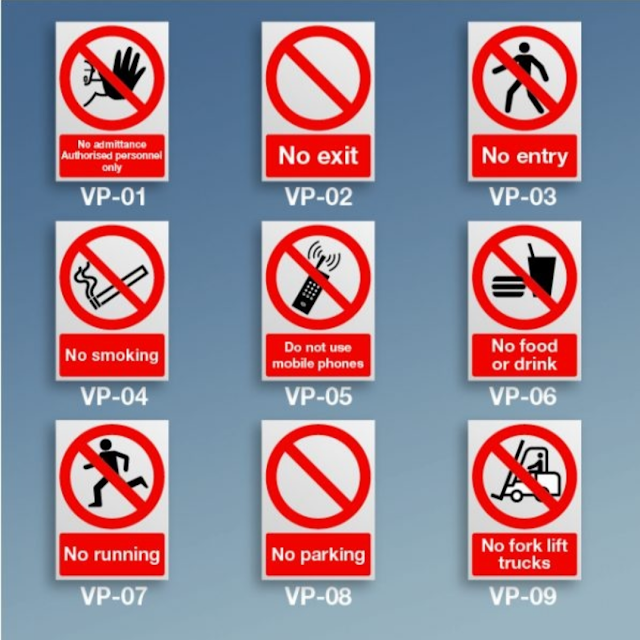Artificial Respiration
Artificial Respiration
Under this action, if the person is not breathing, he is breathed through various actions.
There are 4 types of artificial breathing
1. Sylvester Method 2. Shaffer Method
3. Mouth-to-mouth Respiration
4. Artificial Respiration instrument
1.Sylvester Method
This method is used when the victim has chest blisters. In this method, the victim is reclined on the back. Immediately a pillow is placed under his back, so that his chest is lifted up and the head is lowered. Now two situations attempt to breathe in the body of the victim.
First position
Sit on your knees near the victim's head. Tie half the fists of both his hands and spread the arms straight. Now bring both the hands of the victim slowly to his chest.
Second position
Put some pressure on the victim's chest with your hands in the first position. After two to three seconds, remove the pressure and spread the hands of the victim towards his head and open the fist.
Repeat the above actions at a rate of 10-12 times per minute until his breathing becomes normal. When pressure is applied on the chest of the victim, the air inside the lungs goes out and the fresh air outside the pressure goes inside the lungs. And in this way, the victim is assisted in breathing.
2. Schaffer Method
This method is used when there are blisters on the victim's back. In this method, the victim is made to lie on his stomach and his head is turned on one side. A thin pillow is placed under the victim's chest. Now using the following two conditions, an attempt is made to inhale the body of the victim.
First position
Sit on your knees near the knees of the victim. Place both your hands on the victim's back in such a way that both your hands remain straight and all the four fingers are joined together and they form a right angle with the thumb.
Second position
In this case, bend forward and put the load on the victim's back. After two to three seconds, remove the pressure and straighten both your hands.
When pressure is applied on the victim's back, the air inside the lungs goes out and by removing the pressure, the fresh air goes out into the lungs.
In this way, the victim is assisted in breathing. Repeat these actions at a rate of 10-12 times per minute until his breathing becomes normal.
3. Mouth to Mouth Respiration
In this method, breathing is done by filling air directly in the victim's mouth. It is also called the Labord method. The process of mouth-to-mouth air filling is accomplished using the following two conditions.
First position
Make the victim lie on the back. Now put a pillow etc. under the victim's back so that his mouth hangs slightly backwards.
Second position
Clean the victim's mouth thoroughly. Now, with fine cloth on his open mouth and close his nose with one hand, fill the air with a forceful blow in his mouth with his mouth. Make sure that the air does not come out and his lungs swell. Remove your mouth to let the air out. Repeat the above activity at the rate of 10-12 times per minute until its breathing becomes normal. While filling the air with forceful shock, the lungs of the victim swell and fresh air goes inside. When the mouth is removed, the internal air exits. Thus, the victim is assisted in breathing.
Of the above three methods, the third method is becoming more prevalent, Because this method can be started immediately. Also, it is an effective method and does not need to continue for a long time, while the first and second method may have to continue for more than an hour.
4. Artificial Respiration Instrument
Artificial breathing apparatus is used to breathe the afflicted person.









Comments
Post a Comment